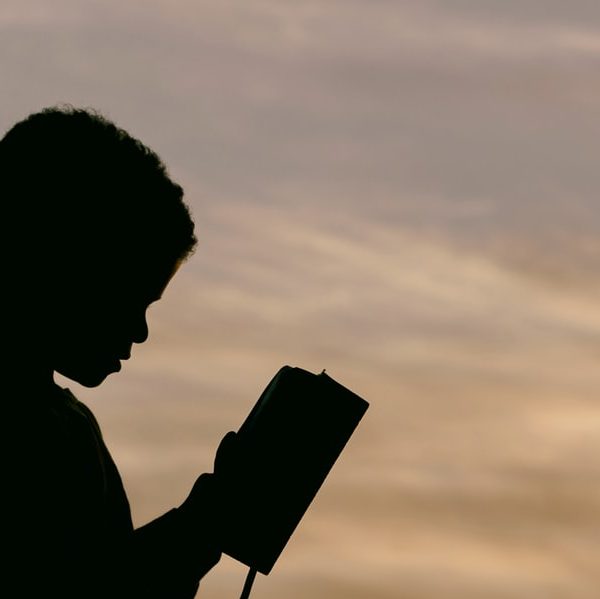For the Once and Future Hollywood Star
Even if you’ve never set foot in the state of California, there is no doubt that you are familiar with a certain collection of nine letters that sits atop a hilltop towards the state’s southern reaches. According to Leo Braudy, the Hollywood sign is far more than “240 tons of concrete and steel”—it is a landmark that “embodies the American yearning to stand out of the landscape.”
 In The Hollywood Sign: Fantasy and Reality of an American Icon, Braudy traces the history of the famous sign, with all its ups and downs, in the larger context of the movie industry. Part of Yale University Press’s Icons of America series, The Hollywood Sign is a slim volume packed with information, a story densely populated by glamorous movie stars, savvy real estate developers, and high-powered studio moguls.
In The Hollywood Sign: Fantasy and Reality of an American Icon, Braudy traces the history of the famous sign, with all its ups and downs, in the larger context of the movie industry. Part of Yale University Press’s Icons of America series, The Hollywood Sign is a slim volume packed with information, a story densely populated by glamorous movie stars, savvy real estate developers, and high-powered studio moguls.
As in the case of the Eiffel Tower, the sign that became an icon was initially designed to be only temporary. The original structure, which was erected in 1923, actually read “Hollywoodland,” the name of the housing development it was meant to promote, and each fifty-foot-high letter was anchored by telephone polls carried to the sign’s location by teams of mules. A man named Albert Kothe, who lived near the site, was hired to replace any burnt-out light bulbs among the 4,000 that illuminated the letters.
It was not until 1947, after a long period of neglect, that the Hollywood Chamber of Commerce spruced up the sign, removed the “land” and replaced the “H” that had been missing for more than a decade. Yet even this was not the end of the sign’s struggles, for by the 1970s, it was dilapidated once again, and a “Friends of the Hollywood Sign Committee” was formed to save it. Come 1977, personalities such as Lucille Ball, Hugh Hefner, and John Wayne were on board the campaign for the sign, which was finally “decisively rebuilt” in 1978.
The Hollywood out of which the sign arose was a town grappling with its dual personality: known for both glamour and scandal, it had been decried as “cesspool of iniquity.” Yet, Braudy notes, national news coverage of wild parties helped make Hollywood a household name, whose reputation was built on an industry with an equally uncertain relationship to the real and the ideal. The Hollywood sign, he argues, captures that essentially conflicted nature of the world of movies: simultaneously iconic and empty of any real meaning.
Today, the sign symbolizes the quest for fame, the desire to be, like the sign itself, “instantly recognizable.” Also like many a Hollywood celebrity, it has a security force: the land surrounding the sign is now surrounded by a razor-wire-topped fence and the system was updated in 2005 to included infrared cameras that run 24 hours a day. Yet these physical realities aside, the sign manages to retain its mystique. Braudy writes: “Like Hollywood itself, it’s difficult to see the sign, and the closer you are, the less you can see it whole.”

























